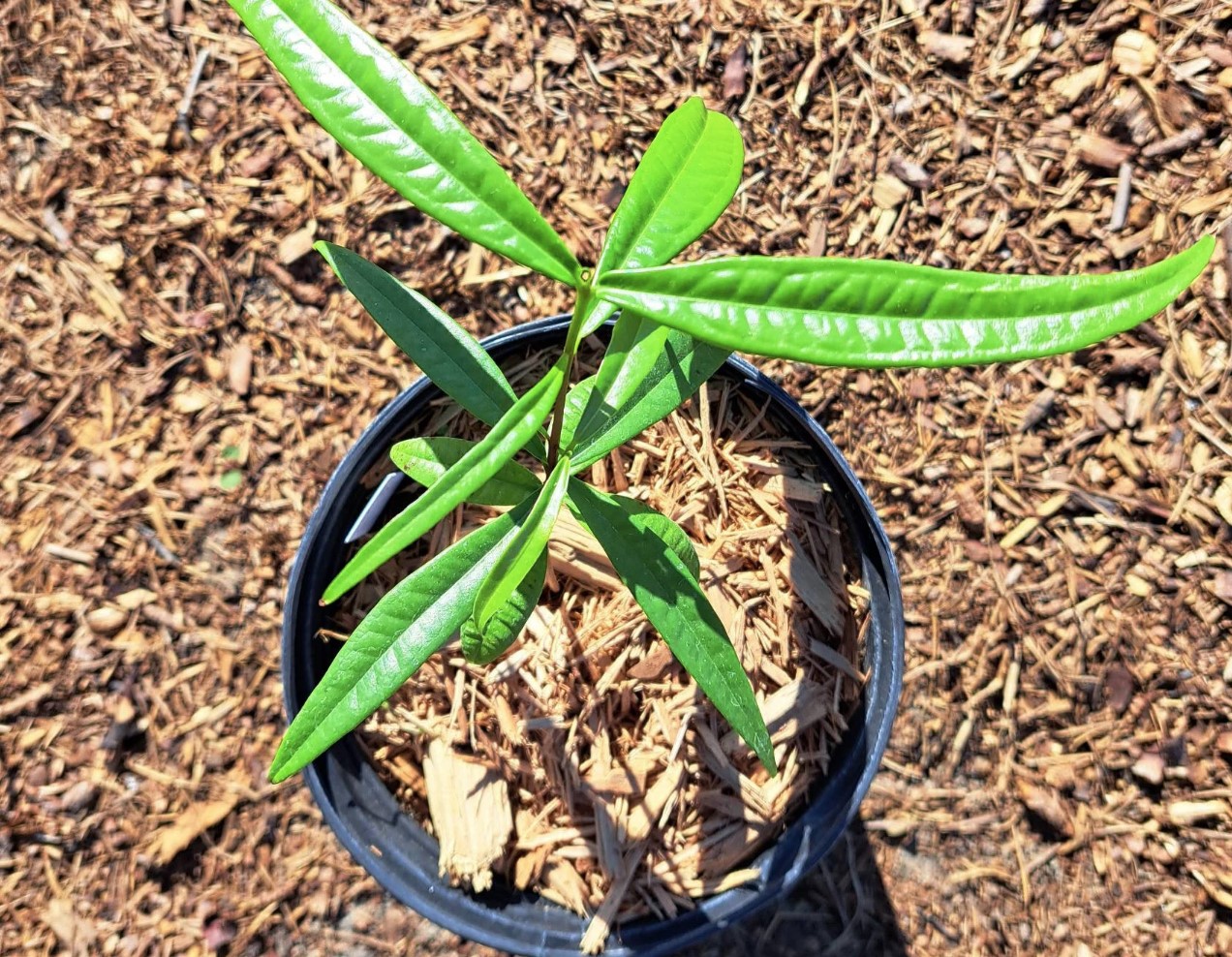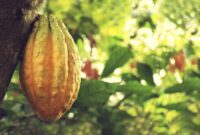
Syzygium polycephalum is a remarkable species within the Myrtaceae family that has captured the attention of botanists, gardeners, and plant enthusiasts alike. Commonly known as the Tropical Rose Apple or Jambu, this plant is native to tropical regions of Southeast Asia and is celebrated for its unique appearance and versatile uses. In this section, I’ll take you on a journey through the intriguing features, care requirements, and culinary delights associated with Syzygium polycephalum.
What is Syzygium polycephalum?
Syzygium polycephalum is a flowering evergreen tree that is admired for its lush foliage and beautiful flowers. Its common name, Tropical Rose Apple, stems from the sweet, aromatic fruits that resemble apples but are actually more closely related to guavas. The plant thrives in tropical climates, making it a popular choice for gardens in warm regions. The first time I encountered this tree was during a trip to Southeast Asia, and I was instantly captivated by its vibrant appearance and fragrant flowers.
Quick Facts About Syzygium polycephalum
| Feature | Description |
|---|---|
| Family Name | Myrtaceae |
| Common Names | Tropical Rose Apple, Jambu |
| Native Regions | Southeast Asia, particularly Malaysia and Indonesia |
| Plant Type | Evergreen tree |
| Height | Up to 15 meters (49 feet) |
| Flower Color | White to pale pink |
| Fruit Characteristics | Sweet, aromatic, and pear-shaped |
Characteristics of Syzygium polycephalum
One of the standout features of Syzygium polycephalum is its stunning morphology. The plant boasts several characteristics that make it a favorite among gardeners and horticulturists.
1. Lush Foliage
The leaves of Syzygium polycephalum are dark green, glossy, and lance-shaped, providing an attractive backdrop for its vibrant flowers. I’ve planted several of these trees in my garden, and their foliage adds a tropical feel, making me feel like I’m on a mini-vacation every time I step outside.
2. Beautiful Flowers
In late spring to early summer, Syzygium polycephalum produces clusters of small, fragrant flowers that attract a variety of pollinators, including bees and butterflies. The blooms are typically white or pale pink, creating a stunning display against the rich green leaves. I remember the first time my tree bloomed; the sweet scent wafted through my yard, inviting all sorts of wildlife.
3. Unique Fruits
The tree bears round to pear-shaped fruits that are usually pale green to pink when ripe. These fruits are not only edible but also delicious, with a crisp texture and sweet flavor. I love harvesting them fresh and eating them straight off the tree, and they make for a fantastic addition to fruit salads or smoothies.
Benefits of Syzygium polycephalum
Beyond its visual appeal, Syzygium polycephalum offers several benefits that make it a valuable addition to any garden.
1. Edible Fruits
The fruits of Syzygium polycephalum are sweet and juicy, often enjoyed fresh or used in various culinary dishes. I’ve experimented with making jellies and jams from the fruits, and the flavors are truly delightful. The fruit can also be added to desserts or used as a topping for yogurt, making them a versatile ingredient.
2. Medicinal Uses
In traditional medicine, various parts of Syzygium polycephalum have been used for their potential health benefits. The leaves, bark, and fruits are believed to possess antioxidant and anti-inflammatory properties. Although I always advise consulting a healthcare professional before using any plant for medicinal purposes, I find it fascinating to explore how different cultures utilize plants like this.
3. Ornamental Value
Syzygium polycephalum serves as a stunning ornamental tree, perfect for landscaping. Its lush foliage, vibrant flowers, and attractive fruits create visual interest throughout the year. In my experience, it has become a conversation starter among friends who visit my garden, and it adds a unique touch to the overall landscape design.
Growing and Caring for Syzygium polycephalum
If you’re considering adding Syzygium polycephalum to your garden, here are some essential care tips I’ve learned from my own experiences.
1. Choosing the Right Location
Syzygium polycephalum thrives in full sun to partial shade. When selecting a location for planting, consider a spot that receives ample sunlight throughout the day. I’ve found that my tree grows best when it gets at least six hours of direct sunlight.
2. Soil Requirements
This species prefers well-draining soil that is rich in organic matter. I usually amend my soil with compost or well-rotted manure to enhance its nutrient content. This practice has proven effective in promoting healthy growth and fruit production.
3. Watering Needs
Syzygium polycephalum enjoys consistently moist soil but is sensitive to waterlogging. I make it a point to water my tree regularly, especially during dry spells. However, I ensure the soil has good drainage to prevent any root rot issues. When the rainy season hits, I keep an eye on the moisture levels to avoid overwatering.
4. Fertilizing for Optimal Growth
To support healthy growth, I recommend fertilizing Syzygium polycephalum during the growing season. I typically use a balanced, slow-release fertilizer every few months. This routine has helped my tree produce an abundance of flowers and fruits, and it keeps the foliage looking lush and green.

Unique Uses for Syzygium polycephalum
Beyond its ornamental and edible qualities, Syzygium polycephalum can be utilized in several unique ways that I’ve found particularly enjoyable.
1. Refreshing Beverages
The sweet, aromatic fruits can be blended to create refreshing smoothies or juices. I often whip up a tropical smoothie by combining the fruits with yogurt and a splash of coconut water, and it’s a perfect treat on a hot day.
2. Natural Insect Repellent
The leaves of Syzygium polycephalum can be crushed and used to create a natural insect repellent. The aromatic compounds help deter mosquitoes and other pests. I’ve found that rubbing crushed leaves on my skin while gardening keeps the bugs away, making my outdoor time more enjoyable.
3. Educational Opportunities
Syzygium polycephalum can be an excellent educational resource for teaching children and gardening enthusiasts about plant biology, pollination, and the importance of biodiversity. I often invite friends and their kids to explore my garden and learn about this remarkable tree, sparking interest in nature and gardening.
Why Syzygium polycephalum Should Be in Your Garden
Reflecting on my journey with Syzygium polycephalum, I can confidently say that this tree has become a cherished part of my garden. Its unique foliage, beautiful flowers, and delicious fruits make it an ideal choice for anyone looking to enhance their outdoor space.
Whether you’re interested in the culinary uses, ornamental value, or simply the joy of nurturing a beautiful plant, Syzygium polycephalum is a fantastic addition to any garden. The vibrant colors and delightful scents can elevate your garden experience and make your outdoor space a true haven.
So, why not consider adding Syzygium polycephalum to your garden? Embrace the beauty and benefits of this remarkable plant, and discover the many joys that come with nurturing it. Happy gardening!



